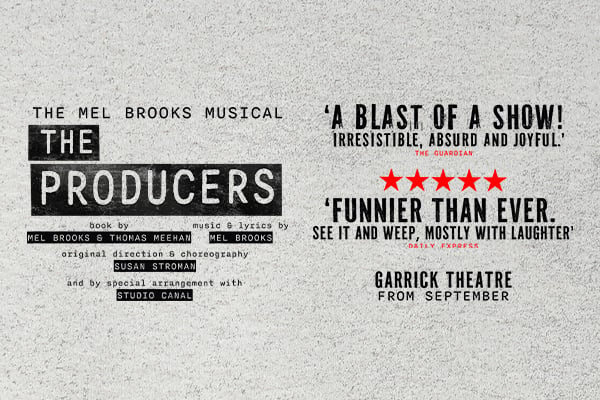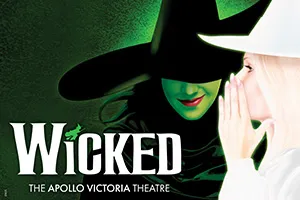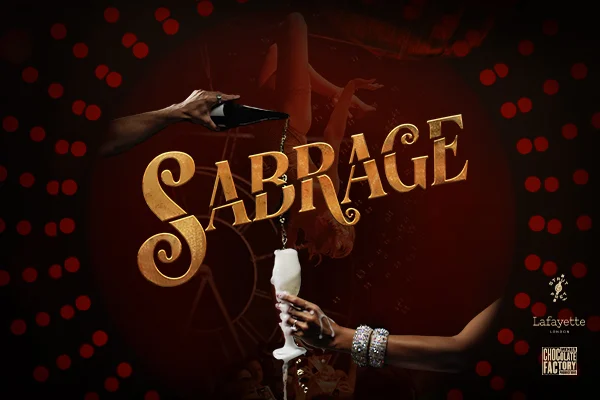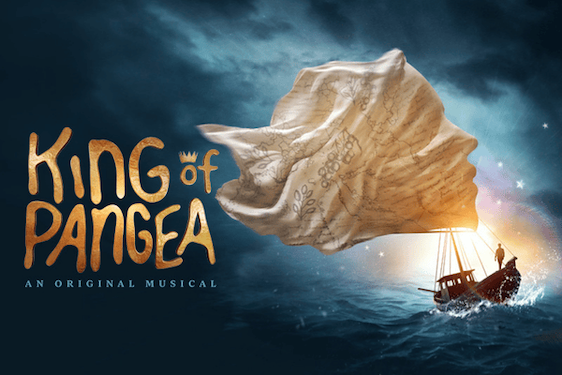Emma Rice is a genius - we know this from her stage adaptations of classic texts - but when it comes to a wholly original play written by Rice herself, how does she fare?
This is brilliant but does it work?
The play is certainly not short of spectacle. Rejecting the usual gothic trappings of the tale, instead we have Angela Carter’s circus mode. The cast are staggering in their virtuosity as they perform dances, acrobatics, conjuring tricks (a particularly thrilling knife throwing act), mixed in with Rice’s trademark stream of songs, almost constant live music, and many jokes - with a first class comedic line in contemporary observational humour, delivered with spot on timing.
The play’s structure is very complex. It opens in the Convent of the Sisters of the Three Fs (‘Fearful, Fucked and Furious’). A subplot about a Lost Brother is introduced. Followed by the Mother Superior (who sports her own blue beard as a mysterious memento) telling the tale of a newly bereaved widow and her two daughters (‘Trouble’ and ‘Lucky’). Only after this are we finally introduced to the magician, Bluebeard. Bluebeard charms all three women and although the mother becomes doubtful, he wins over and marries Lucky. From there, the audience knows (more or less) what will follow in the Bluebeard story.
It is presented using many emotionally alienating layers. The Mother Superior begins her tale with the actors as simply puppets illustrating her tale. She also acts as a chorus, and inexplicably takes part in the action at the denouement of the Bluebeard tale. In addition, there is the leftfield introduction of the Lost Brother and his increasingly distracting behaviour towards the Mother Superior.
Why is the audience confronted with all these puzzling elements? The following paragraph is a spoiler. I’m justifying this because sometimes, like with a Chris Nolan film, it is useful to have the spoiler to fully get the film’s emotional effect. But if you don’t like spoilers please skip to the last paragraph.
In fact, the daring and exciting twist is that we have a play within a play. The Lost Brother and his mother and sister are not a subplot, they are actually the main story. The Convent and the tale of Bluebeard is a fantasy which a bereaved mother is using as a refuge from her grief at her murdered daughter. Over the course of the play this overarching story increasingly intrudes into the mother’s obsessive fantasy, until at the play’s climax CCTV footage (and a shocking sudden absence of music and noise) bring home the ‘real life’ tragedy.
This is brilliant but does it work? For myself, and I suspect for many in the audience – not quite. My brain was too busy working through the various complications of the story to be fully emotionally engaged with the final scenes. So Rice has delivered an undoubtedly virtuosic intricate construction but with the danger of clouding emotional impact. Yes, Chris Nolan is making a career from this – but it's a risky approach when you can't press replay.


















